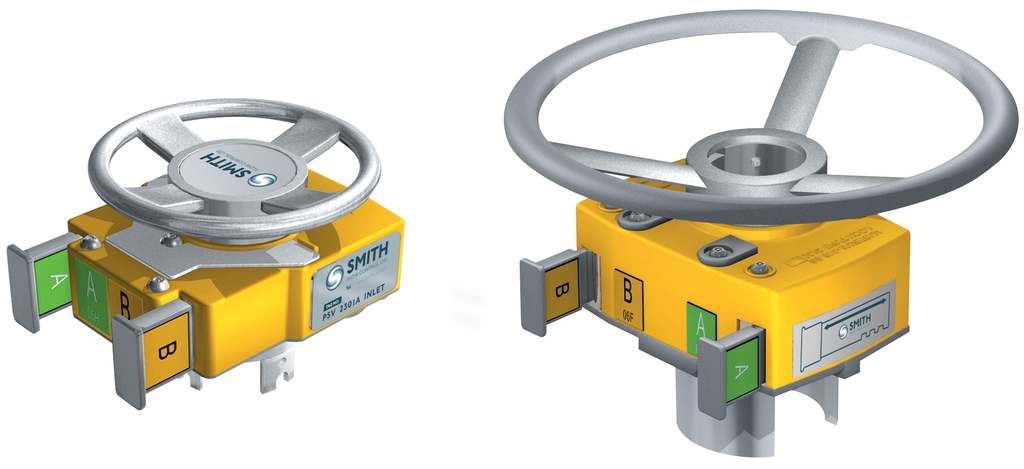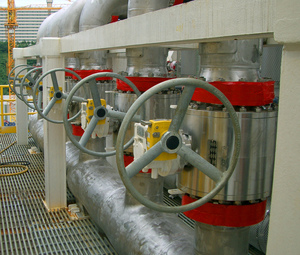

|
Edward Lowton
Editor |


|
| Home> | Plant, Process & Control | >Valves and actuators | >Efficient adjustment |
Efficient adjustment
26 November 2014
Trapped-key Interlocks for handwheel-operated valves usually require several full revolutions between the locked open and locked closed positions.

Because of this, handwheel operated interlocks need to be able to ‘count’ the number of handwheel turns in order to release keys in the required open and/or closed positions. Similarly, with gate and globe valves, the closed position can vary through the effects of valve seat wear. After a period of use, the closed position on gate and globe valves may have altered. This can mean that when the valve is shut tight, the interlock (closed) key will not release as the valve has travelled past the original set key release position.
Smith Flow Control’s (SFC’s) GL Interlocks can be adjusted in-situ in a matter of minutes by operating the valve back to the original key release position in two easy steps. Using the special tamperproof tool (provided), the interlock cover is removed and the set screws adjusted. The valve is then operated again to its shut tight (closed) position and the screws are retightened (reset) in the new position.


















